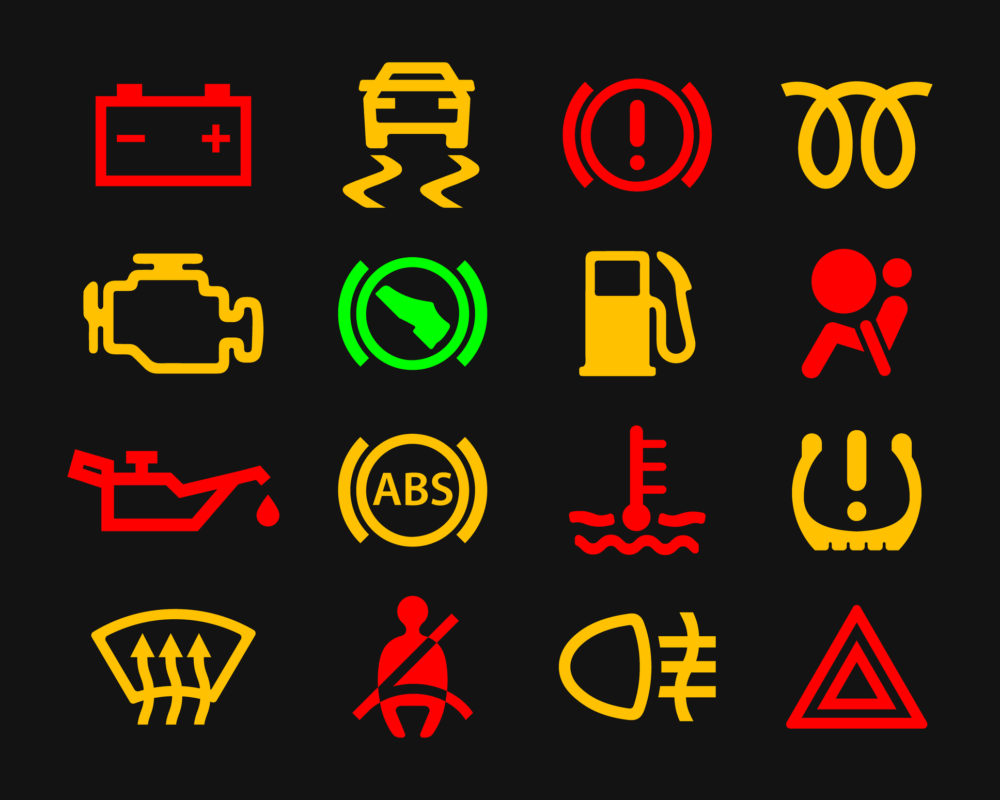In this guide, we’re aiming to tell you everything you’ve ever wanted to know about using antifreeze in your car. (We’re also making the assumption that you want to know just enough to help keep your car in good condition and basically nothing else.)
Let’s go.
What is antifreeze – and what does it do?
It’s a liquid that helps with two things. In hot weather, it helps prevent your engine from overheating. In cold weather, it helps prevent liquid in your engine from freezing (hence the name).

How does antifreeze work?
It lowers the freezing point of liquid, while also raising the boiling temperature. Basically, it makes it more likely that liquid will stay liquid when temperatures go up or down.
If we were science boffins we could explain that, as a solute, antifreeze weakens bonds between particles making it harder for lattice crystallisation to occur – while also having a higher heat capacity. But we’re not, so we can’t.
Isn’t that what Coolant does? What’s the difference between antifreeze and coolant?
Excellent question. We need to get this straight because it can be a bit confusing. Antifreeze is the ingredient in coolant that makes it do what it does (that’s stopping the liquid in your engine system from overheating or freezing).
A lot of the time when people say ‘antifreeze’, they’re talking about coolant that already has the antifreeze mixed in. However, you can also get antifreeze in a concentrated form. You then mix it with water to create coolant (it’ll come with instructions on the ratio to use).
You could think of it like this. Coolant is a bit like orange juice in a carton – it comes ready to use. Antifreeze is like concentrate for squash – you need to add water yourself.
(Hmm. Quite fancy a glass now. Of orange juice, that is – not antifreeze. Definitely don’t drink antifreeze).
The liquid you’ll actually put in your car is coolant. That’s true whether you buy the coolant ready to use, or buy the antifreeze and then mix it to create coolant yourself.
What does antifreeze or coolant look like?
Kinda cool actually. Typically, antifreeze or coolant will be made of ethylene glycol or propylene glycol, and comes in a range of weirdly bright colours, including green, orange, pink, and blue.
How do I know if there’s a problem with my engine’s temperature?

There’s a warning light on your dashboard that looks like a thermometer. I should come on if your engine is getting too hot. If that happens, check your coolant level.
If the problem doesn’t go away, you’ll need to visit a garage. If the level is often falling low, it could be a sign of a leak – so you should get your car looked at by a professional.
How do I know when to add coolant to my car?
Twice a year (when the weather starts warming up, or cooling down again) you should check your coolant level. If it’s below the line marked ‘min’ (as in ‘minimum’) you’ll need to top up the coolant. Make sure you use the right kind…
(For more tips on driving safely in hot or cold weather, hit these links).
How do I know what kind of coolant to use?
Check the user’s manual for your car.
How do I add the coolant?
Make sure your engine has been off for at least 30 minutes so it’s no longer hot. Open the coolant cap and check the level (again, your user manual is the thing to check if you don’t know where to find the cap).




